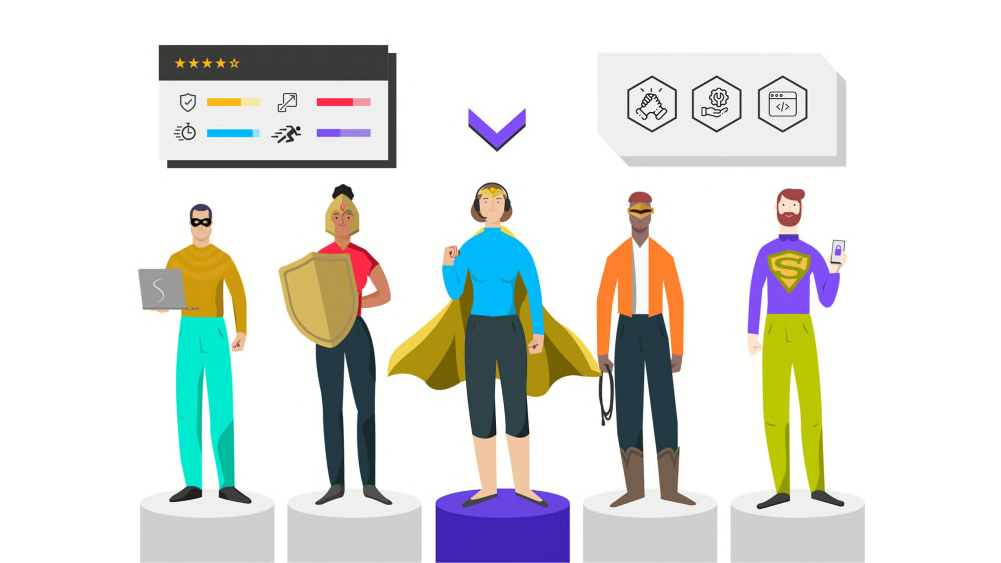A Better Vision for Hybrid Meeting Equity
Maintaining a unified work culture in a hybrid world

Anyone who has worked remotely knows what it’s like to experience a “broken” hybrid meeting - where it’s difficult for remote participants to have an equal presence in the room when compared to their in-person counterparts.
They can often feel invisible and feel like they are watching the meeting happen rather than actually participating in it. Organizational leaders are increasingly taking notice of this problem.
In the first post in this series, we discussed the problem of inequitable meeting experiences as a byproduct of hybrid work. The visual element is a huge part of this. To solve it, IT has to look beyond video fidelity and consider the visual experience as a whole.
Read the first post: Designing and Engineering Hybrid Meeting Equity
Hybrid Meetings are Fragile
The dynamics of a hybrid meeting can be thrown off by the most innocent of actions. In a typical conference room, hybrid meetings become broken as soon as in-person participants turn to each other to speak.
Since most rooms have a single fixed camera at the front of the room, this interaction suddenly excludes remote participants, who are no longer engaged in the meeting dynamic.
They can’t see or hear what’s going on, and on a deeper level, they feel left out.
They shake their fist at the sky, and toss their hard-fought contributions to the wind (but first, they turn off their camera and put themselves on mute.)
Like a Movie, They Need a “Director”
Maybe that’s a little dramatic, but scenarios like this typically play out due to technology limitations rather than human error.
Most conference rooms feature a patchwork of disparate video tools operating independently. There is no interplay between hardware and software to deliver a cinematic feel.
In contrast, a platform-based approach allows for the action to be followed (like a movie director would), with hardware and software working together on the devices in tandem.
We take this approach at Logitech via CollabOS, our dedicated operating system for video conferencing, where firmware is developed and deployed on a single platform.
Addressing the Visibility Problem
With on-demand group auto-framing and re-framing, we bring all participants close to the lens with automatic panning and zooming.
We bake color correction technology into our cameras that adjusts for harsh lighting environments, reducing the visual impact of glare and shadows.
- By prioritizing human-focused light and color optimization for natural skin tones, our products allow for authenticity and diversity to shine in video conferencing.
These mechanics help to recreate the in-person meeting experience and create a sense of immersion for everyone. They allow remote meeting participants to be on equal footing with their counterparts in the conference room, feel like they have the same presence, and feel like they belong.
Best of all, these updates are automatically shipped to your devices over the air, improving the experience and extending the life of your VC investment at the same time.
In the third post in this series, we cover the audio component of engineering meeting equity and the importance of being able to fully hear and be heard.
Read the third post: The Sound of Hybrid Meeting Equity
YOU MAY ALSO BE INTERESTED IN
Browse Categories: